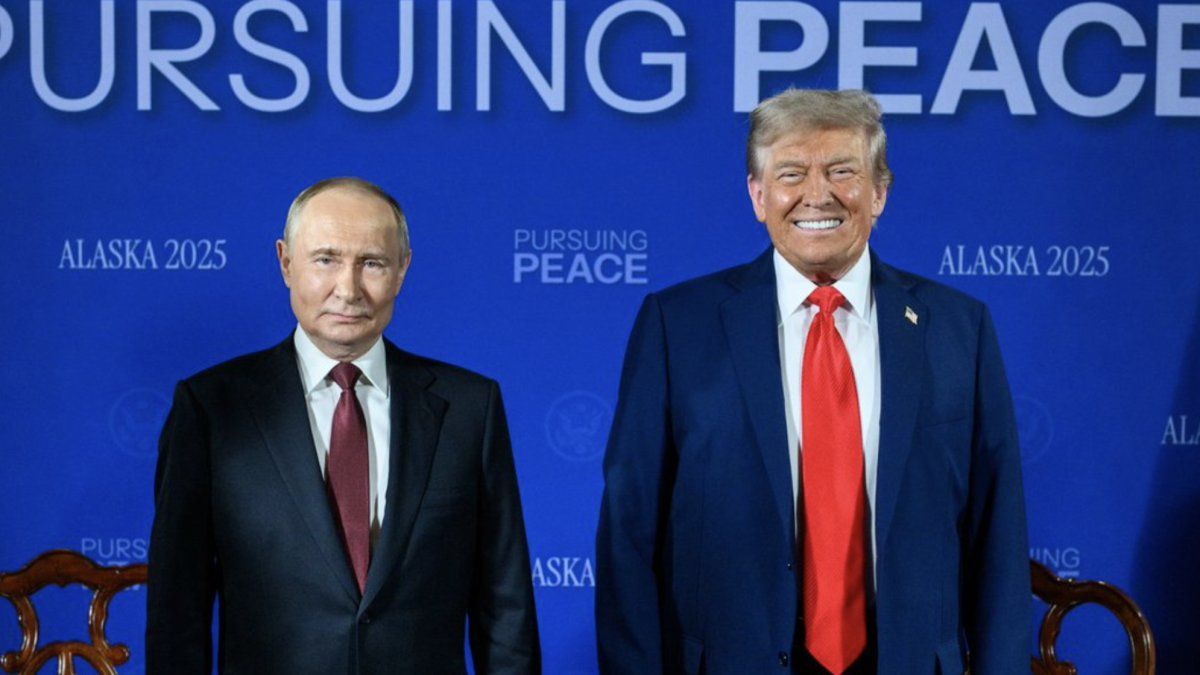Food is wasted around the world. The United Nations wants to halve consumer and commercial waste by 2030. In order to achieve this, the EU Commission is presenting new rules.
With new measures to avoid food waste, the EU Commission wants to advance the fight against food waste. By 2030, the EU countries are to reduce food waste, which is generated in retail and consumption, for example at home or in restaurants, by 30 percent per capita. This emerges from the legislative proposals presented in Brussels on Wednesday. Food waste generated during production and processing is to be reduced by 10 percent.
According to the Commission, almost 59 million tons of food waste are generated in the EU every year – around 130 kilograms per capita. That corresponds to an estimated value of 132 billion euros. Accordingly, at 53 percent, more than half of the waste is generated in households, followed by 20 percent in the processing and production sector.
The EU wants to achieve the United Nations’ global Sustainable Development Goal (SDG) and halve per capita food waste by consumers and retailers by 2030. Furthermore, food waste is to be reduced along the production and supply chain. With the revisions of the so-called EU Waste Framework Directive, progress towards achieving these goals should be accelerated.
Also target old clothes
In addition, the Commission wants to reduce clothing waste with the innovations. They also put a strain on natural resources. “Around 78 percent of textile waste is not collected separately by consumers and ends up in household waste.” According to this, around 12.6 million tons of textile waste are generated in the EU every year. Clothing and shoes alone accounted for 5.2 million tons – 12 kilograms per capita.
Therefore, according to the will of the authority, manufacturers should take responsibility for the entire life cycle of textile products. Producers should bear the costs of managing textile waste, “which also gives them incentives to reduce waste and increase the circularity of textile products by developing better products from the start”.
EU-wide regulations for manufacturers create a level playing field in the internal market and ensure the application of the polluter pays principle, said EU Environment Commissioner Virginijus Sinkevicius. “This initiative will drive investment in textile reuse and recycling infrastructure, create local jobs and encourage innovation at all stages of the textile lifecycle.”
Used clothing should be collected separately
The Association of Municipal Enterprises (VKU) approved the commission’s plans. “The planned extended manufacturer responsibility in the textile sector is necessary in order to effectively counteract the fast fashion trend with its high consumption of resources,” said a spokesman. Especially against the background of the obligation to collect used textiles separately, which will apply from 2025, co-financing from the manufacturers is to be welcomed. However, this is often done in cooperation with municipal waste management companies. “That’s why the entire municipal non-profit collection structure must also be financially supported by the manufacturers.” From 2025, textiles such as used clothing are to be collected separately in Europe.
In addition, the Commission wants to tackle the illegal export of clothing waste. “The new law would clarify what is waste and what counts as reusable textiles to discourage the practice of exporting waste disguised as intended for reuse,” it said.
Before the new rules can come into force, they still have to be negotiated by EU countries and Parliament.
Source: Stern




